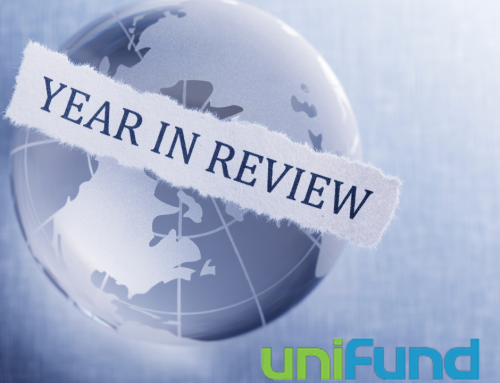In a recent post, we explored 3 questions every organization should consider before jumping into the expensive and time-consuming process of recruiting a data scientist:
- 1. Is a data scientist really necessary for your business at this moment?
- 2. How will your organization use the data?
- 3. Do you have the infrastructure to support a data scientist?
If you answered yes to these questions, then your next step is to begin the recruiting process. In this, the 2nd of a 3-post series on hiring data scientists, we’ll look at the process of searching and identifying the best prospects to fit your organization’s needs. Again, because of the expense and time involved in recruiting, setting the right process in place up front will result in significant returns in the long run.
Recruiting efforts typically begin with two steps:
- Drafting a position description and qualifications document
- Posting the job where it will be seen by the most qualified candidates you are targeting
DRAFTING A JOB DESCRIPTION
Many organizations get this crucial first step wrong. Instead of focusing on the essential aspects of the job, many organizations write a position description with an exhaustive list of any and all the skills they have been told a data scientist should possess.
For example, they might look to something like the “skill set” map shown below for guidance on describing the ideal data scientist position:
http://blog.zhaw.ch/datascience/the-data-science-skill-set/
Indeed, this graphic captures every imaginable role that a data scientist might fill in a typical organization. But the truth is, it results in a list so ominous that even the most qualified candidates for the position might feel inadequate and, consequently, move on to the next company’s job description.
Obviously, you don’t want to scare away potential candidates, especially considering that there aren’t enough qualified data scientist candidates to fill the existing demand. Therefore, we recommend that you focus on six essential qualifications to begin your search process:
- M.S.or Doctoral Degree in a quantitative discipline
- Ability to code in at least one programming language
- Experience gathering and extracting data from multiple sources – databases, APIs, web scraping, etc.
- Experience with at least 1 analysis software (SAS, SPSS, R, Statistica, etc.)
- Experience with data visualization tools (Tableau, Microstrategy, SAS Visual Analytics, QlikView, etc.) and best practices
- Experience within the industry or related industries
The last bullet point is most important because it is the only skill that provides context for the data to be analyzed. However, if context is not very important in regards to data analysis, this bullet should be reconsidered in order to avoid scaring off a candidate without the necessary industry experience.
The discussion above covers the essential skills required for a data scientist. Almost as important as the skills and education, are the personality traits you would look for in a top data scientist candidate, such as:
- Problem solver
- Informative
- Easy to teach
- Seeks to learn new knowledge and skills
A data scientist needs to be a resourceful problem solver. They are often tasked with solving problems that involve pulling data and information from across the organization and potentially even outside sources so you need someone that will be willing and able to run all this information down. They also need to be learners, meaning someone who learns easily and also seeks out new knowledge and skills. This quality comes into play once a ramp up on a new tool or theory is required to sustain and accomplish their work.
A resume or cover letter may speak to some or all of these personality traits. But the best way to get a deeper look at an individual’s personality traits is through a combination of the interview process and personality testing (i.e. DISC, Caliper Profile). We will discuss this in more detail in our next post.
POSTING THE JOB
Once your team has identified the skills and education required for your organization’s data scientist position, you will need to post the job in a manner to maximize the reach against possible candidates. Some thoughts in this regard:
- Industry specific publications
- Blogs, on-line forums, local meet-ups dedicated to data science or the data scientist’s toolkit (Data Science Central, Analytic Bridge, Software User Groups, Data Science meet-ups)
- LinkedIn Groups for Data Science and analytics or search title “Data Scientist”
- Schools with strong graduate degree programs in quantitative disciplines (Standford, MIT, Berkley, CMU, Harvard, Princeton, Cal Tech, etc.)
Part three of the series will discuss the interviewing process and how to retain the data scientist you hire.
Error: Contact form not found.






